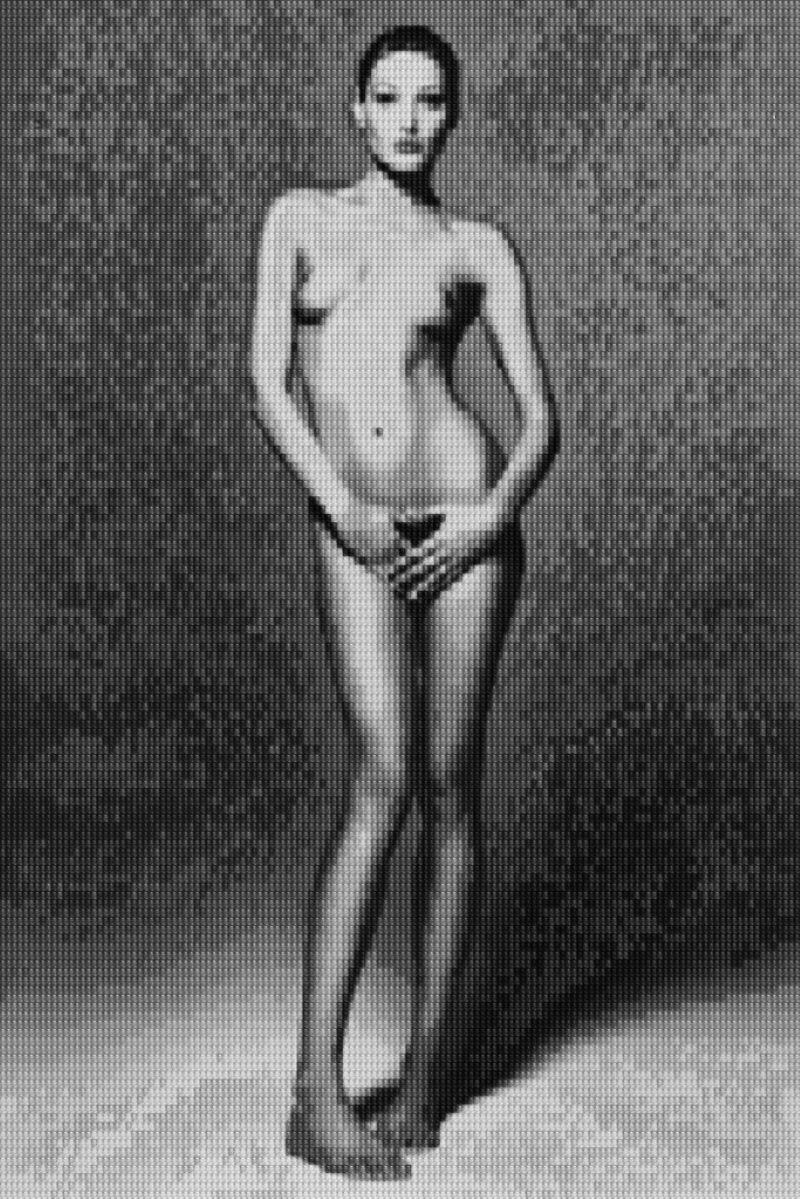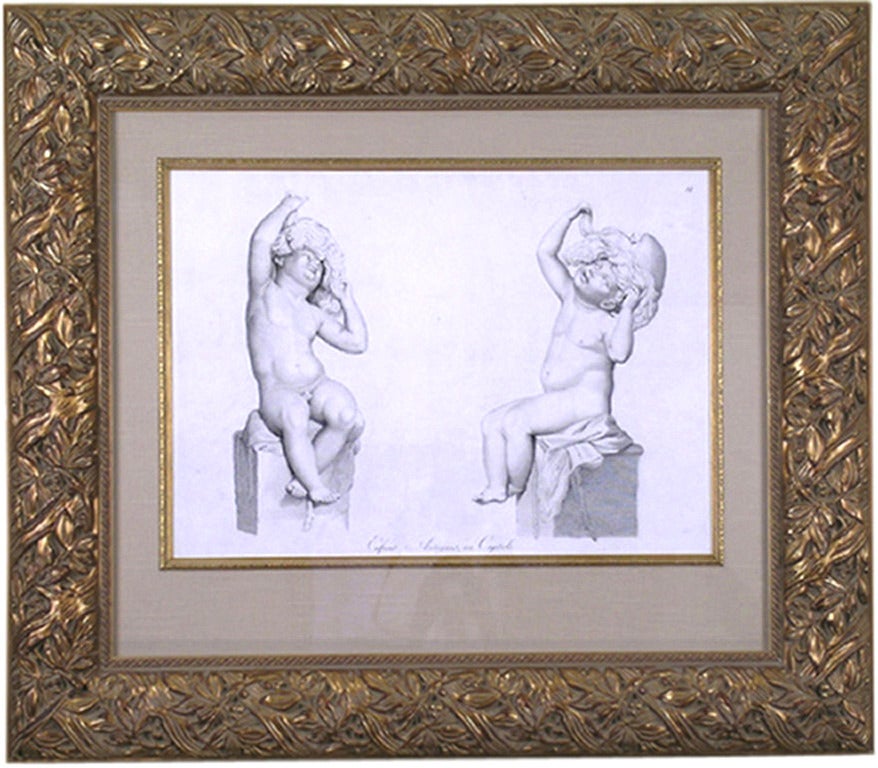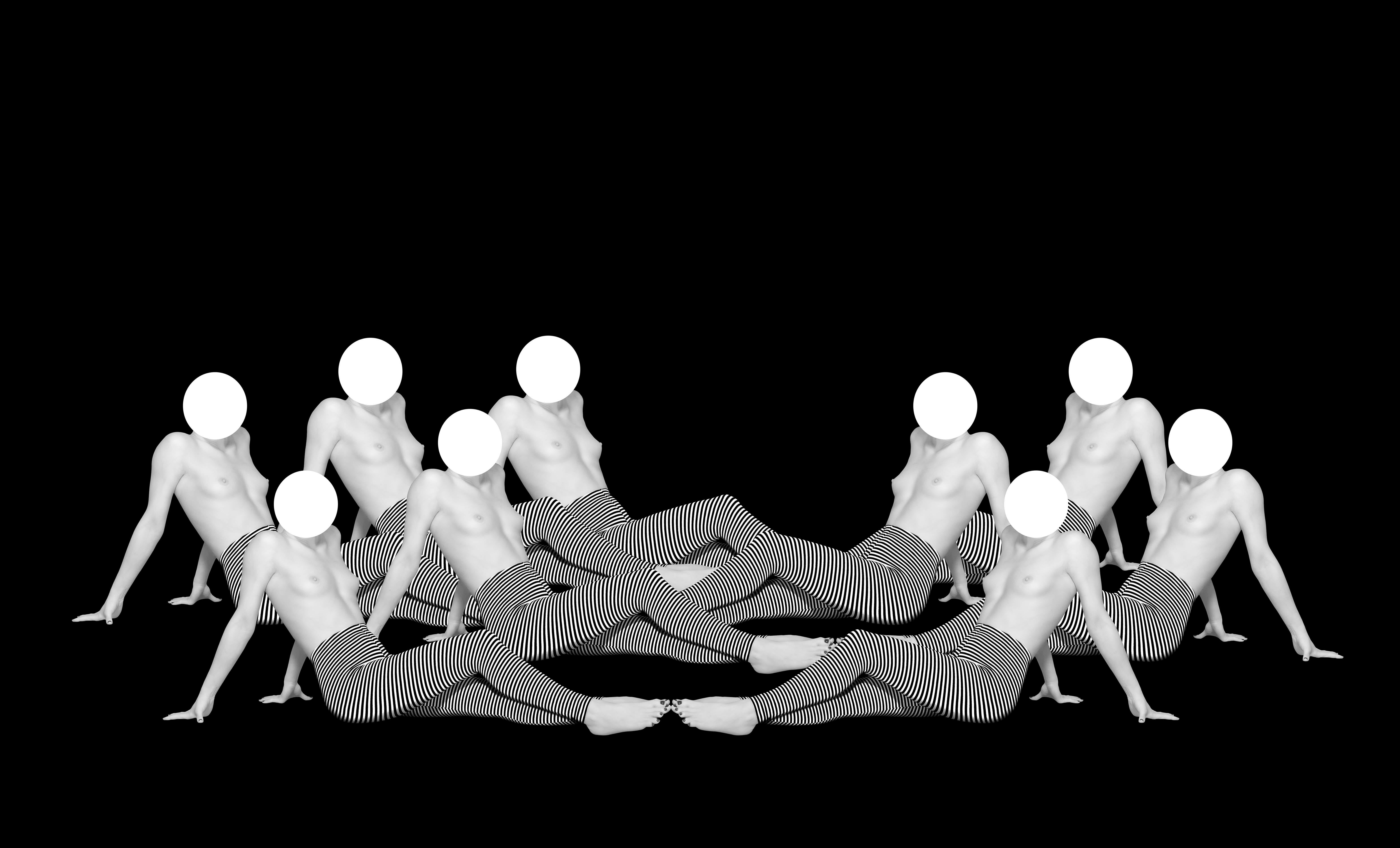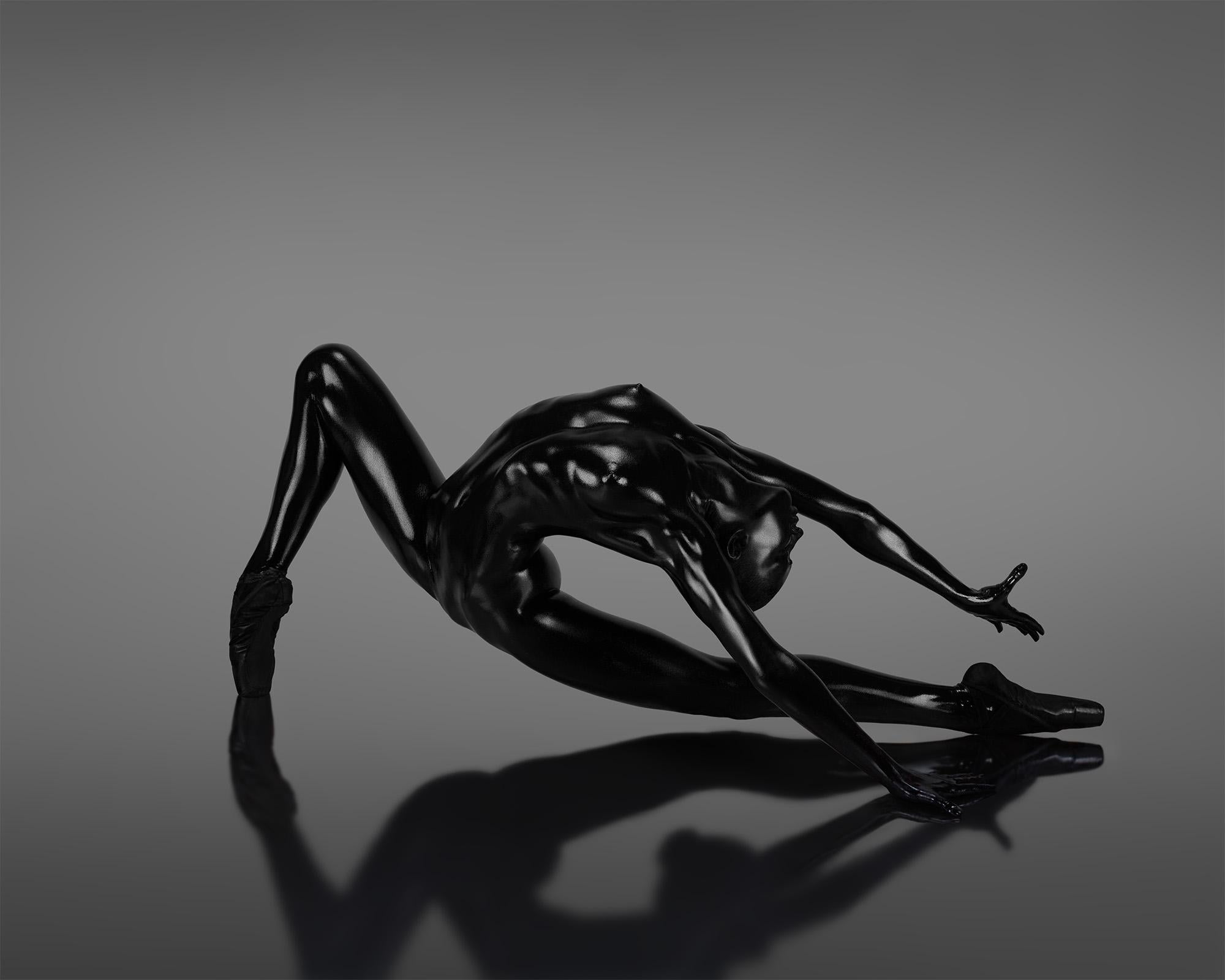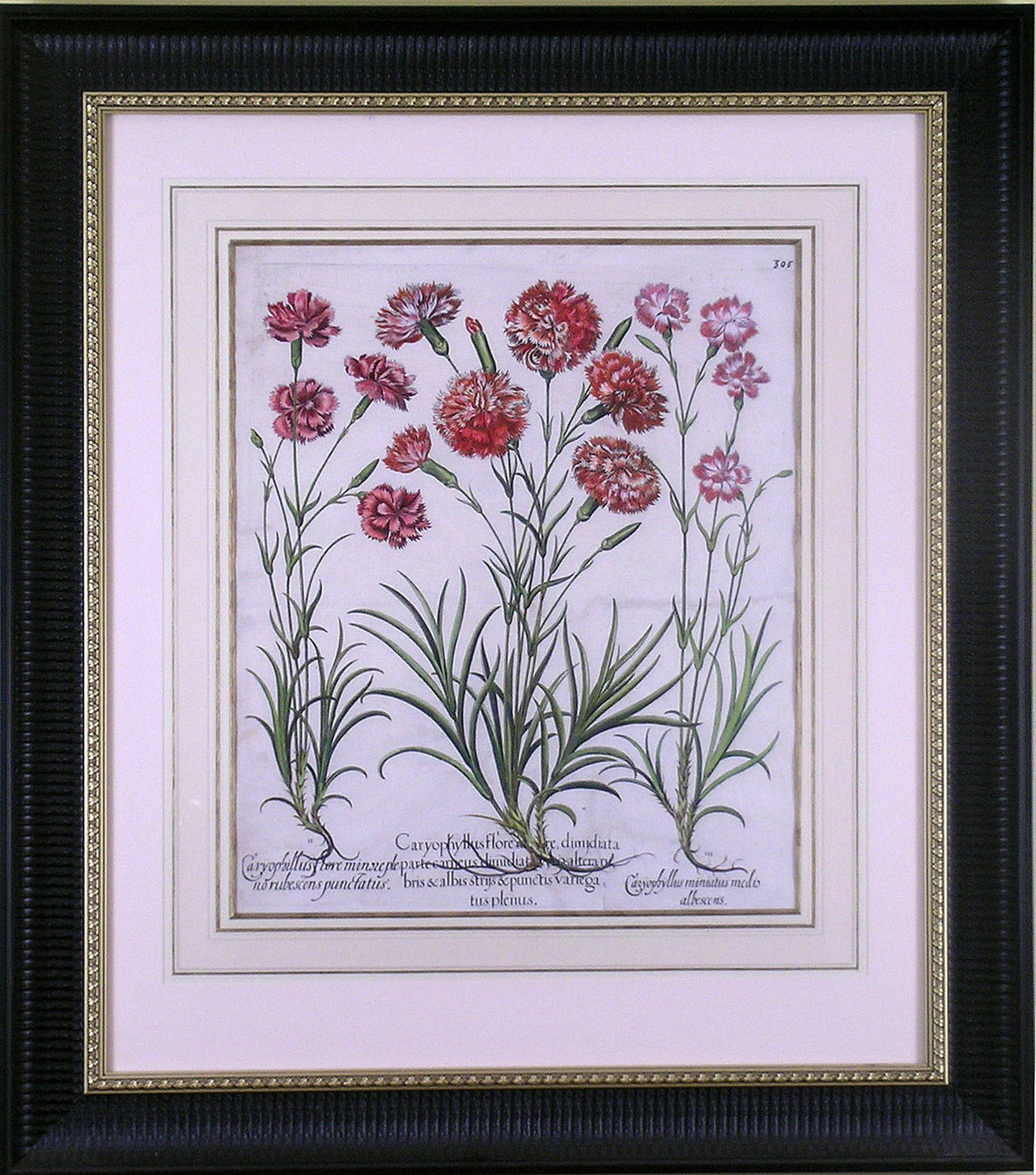Items Similar to "Enfans antiques au Capitol." (Putti with Swans)
Want more images or videos?
Request additional images or videos from the seller
1 of 5
Giovanni Volpato"Enfans antiques au Capitol." (Putti with Swans)1786
1786
About the Item
Giovanni Volpato (1738-1803)
Raffaelle Morghen (1758-1833)
Principi del Disegno
Roma, 1786
Engravings
Woven Paper
16.25” x 21.75 Unframed”
The principles of design have been interpreted throughout the centuries. This eighteenth century Italian work combines the skills of two magnificent artists: one a classically trained engraver; the other his teacher.
Volpato was taught by the famed Bartolozzi whose predictions of greatness for him happily were realized. A noted sculptor and engraver, Volpato originally worked in Venice where he created engravings of noted paintings. In 1772 he moved to Rome to open a porcelain factory which reproduced classical Roman models. His fortuitous move brought him the recognition of Pop Pius VI who allowed him to reproduce sculptures from the Vatican in porcelain. These Greco-Roman reproductions of the great sculptures helped satisfy the thirst for great art. Thus, Volpato became a major influence in the Neoclassical movement.
Volpato’s best student, Raffaelle Morghen, soon became his son-in-law. Named by his father with respect for the great painter, Raffaelle’s skills surpassed those of his mentor. He assisted Volpato in creating the engravings of the famous paintings by his namesake, Raphael, in Vatican City. Based on Pope Leo X’s gallery, Loggia di Rafaele remains one of the most sought after examples of architectural studies including arches, ceilings, pilaster columns, and doors. He was later invited to Florence to engrave the masterpieces of the Florentine Gallery. The Institute of France, recognizing his fame throughout Europe, elected him an associate in 1803, the year of Volpato’s death.
- Creator:Giovanni Volpato (1753 - 1803, Italian)
- Creation Year:1786
- Dimensions:Height: 27.5 in (69.85 cm)Width: 31 in (78.74 cm)Depth: 2.5 in (6.35 cm)
- Medium:
- Movement & Style:
- Period:
- Condition:Clear, crisp image. Full margins.
- Gallery Location:Florham Park, NJ
- Reference Number:
About the Seller
5.0
Gold Seller
These expertly vetted sellers are highly rated and consistently exceed customer expectations.
1stDibs seller since 2014
161 sales on 1stDibs
Typical response time: 3 hours
- ShippingRetrieving quote...Ships From: Florham Park, NJ
- Return PolicyA return for this item may be initiated within 1 day of delivery.
More From This SellerView All
- "Enfans Antiques au Capitol." (Putti with Wigs/Masks)By Giovanni VolpatoLocated in Florham Park, NJGiovanni Volpato (1738-1803) Raffaelle Morghen (1758-1833) Principi del Disegno Roma, 1786 Engravings Woven Paper 16.25” x 21.75 Unframed” The principles of design have bee...Category
18th Century and Earlier Academic Prints and Multiples
MaterialsArchival Paper, Archival Tape, Handmade Paper, Ink, Plexiglass
- Caryophyllus Major (Carnations)By Basilius BeslerLocated in Florham Park, NJThis image would pair well with Besler's "Caryophyssus Flore" which is also listed. BASIL BESLER (1561 – 1629). Hortus Eystettensis. Konrad Bauer. Altdorf, 1613, 1640, 1713 – 50....Category
18th Century and Earlier Academic Prints and Multiples
MaterialsWatercolor, Archival Paper, Archival Tape, Handmade Paper, Laid Paper, P...
- Guanabanus (Guabana or Soursop Fruit)By Georg Dionysius EhretLocated in Florham Park, NJGEORGE DIONSYSIUS EHRET (1708-1770). Plantae Selectae.... Text by Dr. Christoph Trew. Drawn by Georg Dionsysius Ehret. Engraved by Johannes Jacobus and Johannes Elias Haid. Nuremberg, 1750-73. Hand-colored engravings. Titles highlighted with goldleaf. 100 plates. 19.5” x 13.5” Unframed. A supplement of 20 plates issued by B.C. Vogel in 1790. "The dominant influence in botanical art during the middle years of the 18th century." "One of the finest records of cultivated flowers..." "His accuracy and general excellence as a true botanical artist have never been equaled." Ehret’s praises have been sung throughout the centuries. While his training was in gardening, Ehret's true talents were in his art. Drawing the specimens from life in the garden's in which he labored won Ehret his employer's praise and his co-workers jealousy. Not only were his botanical portraits highly accurate in every technical detail, they reflected an awe-inspiring love of subject. A restless man, Ehret wandered from Heidelberg through Germany to Vienna and Basle, working his way to Paris and finally settling in London. He was honored by peers and patrons wherever he traveled. Ehret's list of benefactors include the most brilliant and generous members of society in his day. However, it was Christoph Trew, a wealthy physician, lifelong supporter and friend, who published the work for which Ehret is best known, Plantae Selectae. Ehret went to Leiden to meet Carolus Linnaeus and they became the best of friends. It is the Linnaen classification of plants to which Ehret subscribed. In distinguishing of the sexual systems of plants and the cross-sectioning of specimens, based on the teachings of Linnaeus, Ehret's illustrations have become the standard followed by horticulturists throughout the centuries. Ehret is the only foreigner to be elected a Fellow of the Royal Society in England. The illustrations for Plantae Selectae were printed in black and white and painstaking colored by hand at the time of publication. The color is superb! All of the initial words of the titles were gilded; a glorious tribute to an achievement of excellence. Various scholars at the time of publication praised the book highly, singling out the excellent quality of Ehret's watercolor studies, as well as Haid's fidelity to them. In a letter to Linnaeus in the 1750's, Dr. Trew called the book "one of the miracles of our century in the natural sciences." In the 1960's, Claus Nissen wrote "the Plantae Selectae became the most beautiful German plant...Category
1750s Academic Prints and Multiples
MaterialsGold Leaf
- Urtica (Nettle)By Georg Dionysius EhretLocated in Florham Park, NJGEORGE DIONSYSIUS EHRET (1708-1770). Plantae Selectae.... Text by Dr. Christoph Trew. Drawn by Georg Dionsysius Ehret. Engraved by Johannes Jacobus and Johannes Elias Haid. Nuremberg...Category
1750s Academic Prints and Multiples
MaterialsGold Leaf
- Heliocarpus (Tree, Malvales)By Georg Dionysius EhretLocated in Florham Park, NJGEORGE DIONSYSIUS EHRET (1708-1770). Plantae Selectae.... Text by Dr. Christoph Trew. Drawn by Georg Dionsysius Ehret. Engraved by Johannes Jacobus and Johannes Elias Haid. Nuremberg, 1750-73. Hand-colored engravings. Titles highlighted with goldleaf. 100 plates. 19.5” x 13.5” Unframed. A supplement of 20 plates issued by B.C. Vogel in 1790. "The dominant influence in botanical art during the middle years of the 18th century." "One of the finest records of cultivated flowers..." "His accuracy and general excellence as a true botanical artist have never been equaled." Ehret’s praises have been sung throughout the centuries. While his training was in gardening, Ehret's true talents were in his art. Drawing the specimens from life in the garden's in which he labored won Ehret his employer's praise and his co-workers jealousy. Not only were his botanical portraits highly accurate in every technical detail, they reflected an awe-inspiring love of subject. A restless man, Ehret wandered from Heidelberg through Germany to Vienna and Basle, working his way to Paris and finally settling in London. He was honored by peers and patrons wherever he traveled. Ehret's list of benefactors include the most brilliant and generous members of society in his day. However, it was Christoph Trew, a wealthy physician, lifelong supporter and friend, who published the work for which Ehret is best known, Plantae Selectae. Ehret went to Leiden to meet Carolus Linnaeus and they became the best of friends. It is the Linnaen classification of plants to which Ehret subscribed. In distinguishing of the sexual systems of plants and the cross-sectioning of specimens, based on the teachings of Linnaeus, Ehret's illustrations have become the standard followed by horticulturists throughout the centuries. Ehret is the only foreigner to be elected a Fellow of the Royal Society in England. The illustrations for Plantae Selectae were printed in black and white and painstaking colored by hand at the time of publication. The color is superb! All of the initial words of the titles were gilded; a glorious tribute to an achievement of excellence. Various scholars at the time of publication praised the book highly, singling out the excellent quality of Ehret's watercolor studies, as well as Haid's fidelity to them. In a letter to Linnaeus in the 1750's, Dr. Trew called the book "one of the miracles of our century in the natural sciences." In the 1960's, Claus Nissen wrote "the Plantae Selectae became the most beautiful German plant...Category
1750s Academic Prints and Multiples
MaterialsGold Leaf
- Meriana (Bugle Lily)By Georg Dionysius EhretLocated in Florham Park, NJGEORGE DIONSYSIUS EHRET (1708-1770). Plantae Selectae.... Text by Dr. Christoph Trew. Drawn by Georg Dionsysius Ehret. Engraved by Johannes Jacobus and Johannes Elias Haid. Nuremberg, 1750-73. Hand-colored engravings. Titles highlighted with goldleaf. 100 plates. 19.5” x 13.5” Unframed. A supplement of 20 plates issued by B.C. Vogel in 1790. "The dominant influence in botanical art during the middle years of the 18th century." "One of the finest records of cultivated flowers..." "His accuracy and general excellence as a true botanical artist have never been equaled." Ehret’s praises have been sung throughout the centuries. While his training was in gardening, Ehret's true talents were in his art. Drawing the specimens from life in the garden's in which he labored won Ehret his employer's praise and his co-workers jealousy. Not only were his botanical portraits highly accurate in every technical detail, they reflected an awe-inspiring love of subject. A restless man, Ehret wandered from Heidelberg through Germany to Vienna and Basle, working his way to Paris and finally settling in London. He was honored by peers and patrons wherever he traveled. Ehret's list of benefactors include the most brilliant and generous members of society in his day. However, it was Christoph Trew, a wealthy physician, lifelong supporter and friend, who published the work for which Ehret is best known, Plantae Selectae. Ehret went to Leiden to meet Carolus Linnaeus and they became the best of friends. It is the Linnaen classification of plants to which Ehret subscribed. In distinguishing of the sexual systems of plants and the cross-sectioning of specimens, based on the teachings of Linnaeus, Ehret's illustrations have become the standard followed by horticulturists throughout the centuries. Ehret is the only foreigner to be elected a Fellow of the Royal Society in England. The illustrations for Plantae Selectae were printed in black and white and painstaking colored by hand at the time of publication. The color is superb! All of the initial words of the titles were gilded; a glorious tribute to an achievement of excellence. Various scholars at the time of publication praised the book highly, singling out the excellent quality of Ehret's watercolor studies, as well as Haid's fidelity to them. In a letter to Linnaeus in the 1750's, Dr. Trew called the book "one of the miracles of our century in the natural sciences." In the 1960's, Claus Nissen wrote "the Plantae Selectae became the most beautiful German plant...Category
1750s Academic Prints and Multiples
MaterialsGold Leaf
You May Also Like
- Marilyn vs Hugh HefnerBy Alex Guofeng CaoLocated in New York, NYIn a captivating new collection, Alex Guofeng Cao dazzles audiences with his unique twist on instantly recognizable images. Inspired by history and pop culture, Cao manipulates one i...Category
2010s Contemporary Figurative Prints
MaterialsPlexiglass, Archival Ink, Mixed Media, Acrylic, Archival Paper, Archival...
- Bruni vs Sarkosy, After ComteBy Alex Guofeng CaoLocated in New York, NYIn a captivating new collection, Alex Guofeng Cao dazzles audiences with his unique twist on instantly recognizable images. Inspired by history and pop culture, Cao manipulates one iconic image to create another in his extraordinary large-scale works. From a distance, the pieces appear to be a singular image but as the viewer approaches closer, you find each work is a masterfully crafted compilation of minute detailed images layered next to one another, creating a mesmerizing and hypnotic optical illusion. Cao meticulously places each smaller image to form a dynamic gradient from dark to light which tricks the eye into seeing one image. This expertise in contrast is exemplified in all of his works, from striking black and white pieces to stunning explorations in high-definition color. He cleverly mirrors this visual contrast in his subject matter by subverting the main image and creating a dialogue between the macrocosm and microcosm. Take the piece, Ali vs Armstrong; here we see the iconic image of Muhammed Ali’s victory composed of thousands of tiny portraits...Category
Early 2000s Contemporary Portrait Prints
MaterialsPlexiglass, Archival Ink, Mixed Media, Archival Paper, Archival Pigment
- Plastic BeachBy Melissa MizrakliLocated in New York, NYThe photographs of the young Turkish artist Melissa Mizrakli focus on the human body, giving it a personal interpretation. In some of her black and white works she uses the human bod...Category
2010s Contemporary Black and White Photography
MaterialsPhotographic Paper, Plexiglass, Archival Paper, Archival Pigment
- No title (No 49) Photography 26 x 32 inch Edition of 25 by Yevgeniy RepiashenkoBy Yevgeniy RepiashenkoLocated in Culver City, CANo title (No 49) Photography 26 x 32 inch Edition of 25 by Yevgeniy Repiashenko This artwork is part of "Spirit" series. The picture shows a frozen movement of professional ballerin...Category
21st Century and Contemporary Contemporary Nude Photography
MaterialsArchival Paper, Pigment, Plexiglass
- Rock n Roll Hootchie KooBy Zane FixLocated in East Hampton, NYJapanese Block POP ART technique with a nude Geisha Comes unframed About the Artist World-renowned guru of Jap Pop Art - Zane Fix, is an American artist, ...Category
2010s 85 New Wave Figurative Prints
MaterialsArchival Ink, Rice Paper
- Seishi Ai-oi Genji – Set of 12 Shunga works together w/astrological commentaryBy Utagawa Kunisada (Toyokuni III)Located in Middletown, NYSet of 12 woodblock prints in colors on handmade, laid mulberry paper, 6 3/4 x 10 1/4 inches (170 x 258 mm), printed in Ka-ei 4 (1851). Each print with minor handling wear, otherwise in excellent condition with bright and fresh color, and with details printed in silver ink. The images themselves contain several illusive characters indicating the publisher which are obfuscated by figures, as intended. Presented loose, as issued. A fine set. The astrological commentary print has a large and meandering blind stamp with a bird and palm frond motif. This print lists various phrases concerning the Twelve Zodiac Animals as historically counted in Japan, and appears to include erotic commentary on the traits of people born under each of the twelve signs. These Shunga images were issued in books that paralleled (in an erotic fashion...Category
Mid-19th Century Edo Nude Prints
MaterialsInk, Handmade Paper, Woodcut

